Confident Faith is Not Blind
Developing confident faith in the Buddha and the Dharma is crucial on the path. Yet, the very word “faith” often makes us quite uncomfortable. As modern people, we do not want friends or family to think we are superstitious or gullible. We often think it is more sophisticated and intelligent to be skeptical. Thus, we may think it is more intelligent to doubt the teacher or teachings. And yes, the Buddha did urge us to examine the teachings and test them like gold. But examination means actually trying to experience the teachings. It does not mean just repeatedly asking questions to show off or act smart.
Many of us might have taken refuge in the Buddha, Dharma, and Sangha. But if we don’t have confident faith, what kind of a refuge do they provide? We really need to examine this for ourselves. Rejecting faith without examination limits our experience.
Confident faith means conviction based on wisdom and experience. Khenpo Gyaltsen, in his book A Lamp Illuminating the Path to Liberation, comments on the role of faith for practitioners. He distinguishes between “blind faith” with no real understanding and faith based upon real knowledge. Khenpo also reminds us that we must align our conduct to match our professed faith. This gives us an opportunity to examine our own behavior. We can also understand from this commentary how we proceed through the different levels of faith. And we can appreciate that this process develops naturally when properly nurtured. We can proceed slowly and gently, but with a very open mind.
Faith ~ the Root of All Dharma
These days, with the increase and advancement of modern education, together with the significant changes that have come about in recent times, many people have begun to equate blind faith with faith itself. There are many who seem to think that when blind faith is refuted, faith as a whole is refuted. However, if you follow this train of thought, it simply shows that they have failed to ascertain the true nature of faith itself, which then poses the serious risk of confusing the positive and virtuous with the negative and non-virtuous.
For example, it would be like me seeing through the mistaken belief that supplicating a deity will result in them automatically dispelling all beings’ suffering, and as a result losing even the slightest wish to perform positive deeds and on top of that constantly and instinctively engaging in negative actions with all three doors (of body, speech, and mind), and all the time to feel very comfortable about behaving this way. Moreover, these days, there are many people who don dharma robes and talk constantly of faith, yet fail to act in accordance with the Buddhist precepts.
When you look at the way they behave, they are trampling all over the precepts taught by the Buddha with regard to what is permitted and prohibited in relation to certain vows. When such is the case, it is doubtful whether these people have any real faith at all. This being so, in a calm and measured state of mind we should analyze and discern the true nature of faith. If as a result you come to have sincere confidence in the Three Jewels (the Three Jewels of buddha, dharma, and sangha), then it is certain that your observance of the precepts taught by Buddha will become all the stronger.
In short, we should have a thorough understanding of the difference between the faith that is infused with wisdom, which is the kind of faith taught in the buddhadharma, and “blind faith” – which is devoid of wisdom. Understanding this difference, you should henceforth engage in the sincere and genuine practice of the dharma in accordance with your own ability and disposition, rather than sticking with “blind faith” and letting your life slip by, leaving you empty-handed. Faith that is endowed with wisdom is taught in great detail in the buddhadharma. As it is said:
In people lacking faith
Virtue will not arise.
And:
Faith is like a mother who first gives birth
And then protects and fosters all good qualities.
Three levels of faith
The gateway or entry point to all dharma is the act of going for refuge, and the gateway to going for refuge is faith. Therefore it is taught to be of great importance that we develop stable faith at the outset. What is meant by faith? Faith is a synonym for confidence. It can be divided into
(1) inspired faith,
(2) longing faith, and
(3) confident faith.
When you visit somewhere like a temple, where there are many supports of enlightened body, speech, and mind, you will meet teachers, virtuous spiritual friends, or you will hear about their wonderful qualities. The way that this inspires you is what is known as “inspired faith.”
Longing faith is our eagerness to be free of the sufferings of lower realms when we hear them described; our eagerness to enjoy the happiness of higher realms and of liberation when we hear what they are; our eagerness to engage in positive actions when we hear what benefits they bring; and our eagerness to avoid negative actions when we understand what harm they cause.
Confident faith is the faith in the Three Jewels that arises from the depth of our hearts once we understand their extraordinary qualities and the power of their blessings. It is the total trust in the Three Jewels alone that comes from the knowledge that they are the only unfailing refuge, always and in all circumstances.
The Precious Master of Uddiyana (Padmasambhava) said:
For all men and women with faith in me, I, Padmasambhava, Have never departed—I sleep beside their door. For me there is no such thing as death; Before each person with faith, there is a Padmasambhava.
The Words of My Perfect Teacher, Patrul Rinpoche, translated by the Padmakara Translation Group (Sacred Literature, 1998), p. 173
In this way, if you have developed true “confident faith,” the compassion of the buddhas will enter you, wherever you are. That being so, it is of vital importance to develop all three types of faith so that they become unshakeable and genuine.
This teaching is an excerpt from:
A Lamp Illuminating the Path to Liberation: An Explanation of Essential Topics for Dharma Students by Khenpo Gyaltsen (translated by Lhasey Lotsawa Translations, Nepal: 2014, pp. 16-19). For more information, please visit https://lhaseylotsawa.org/books/a-lamp-illuminating-the-path-to-liberation.


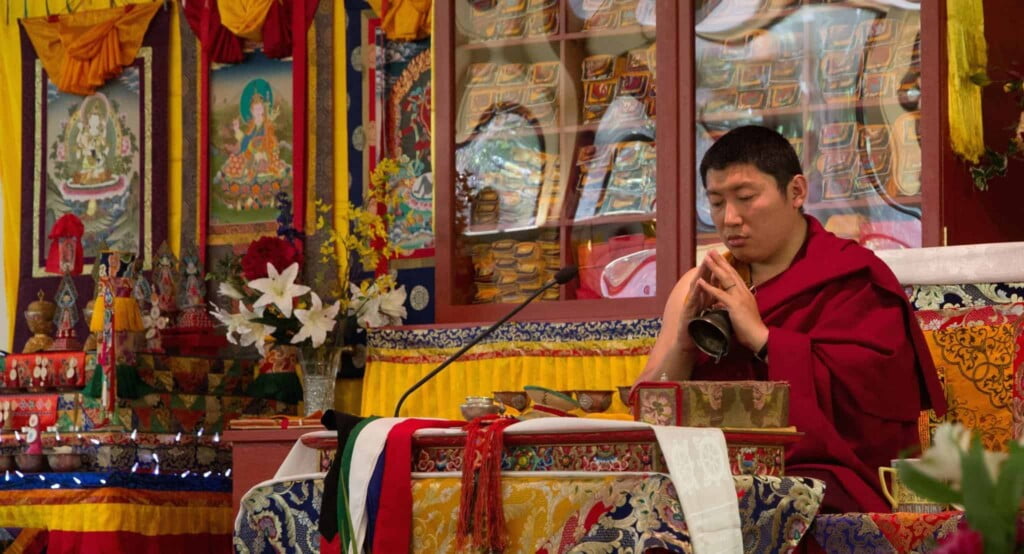

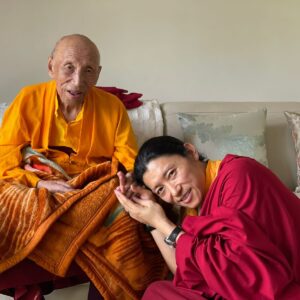
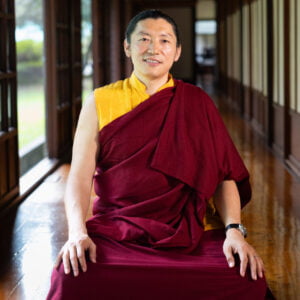
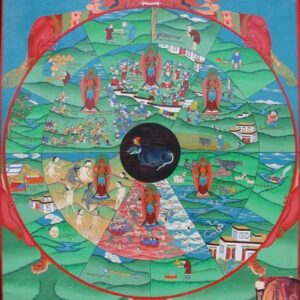
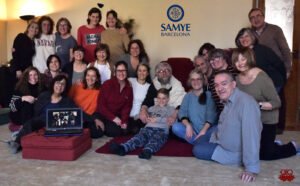
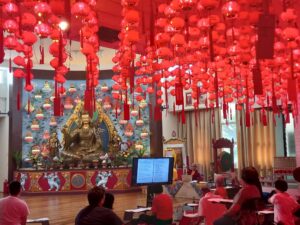

Responses
Great Teaching! Wonderful Teaching! Thank you.